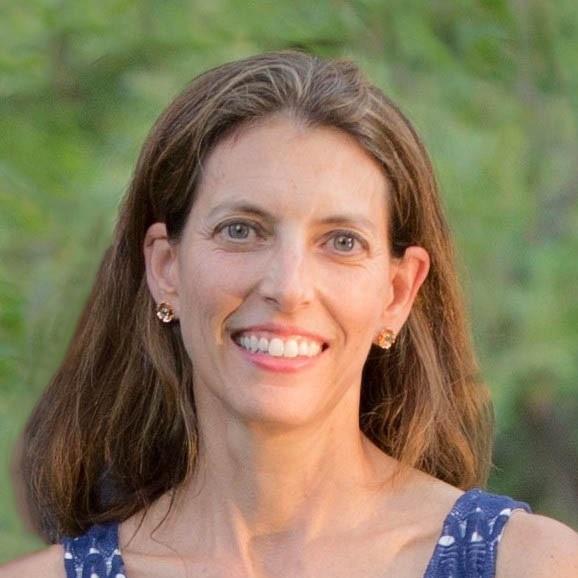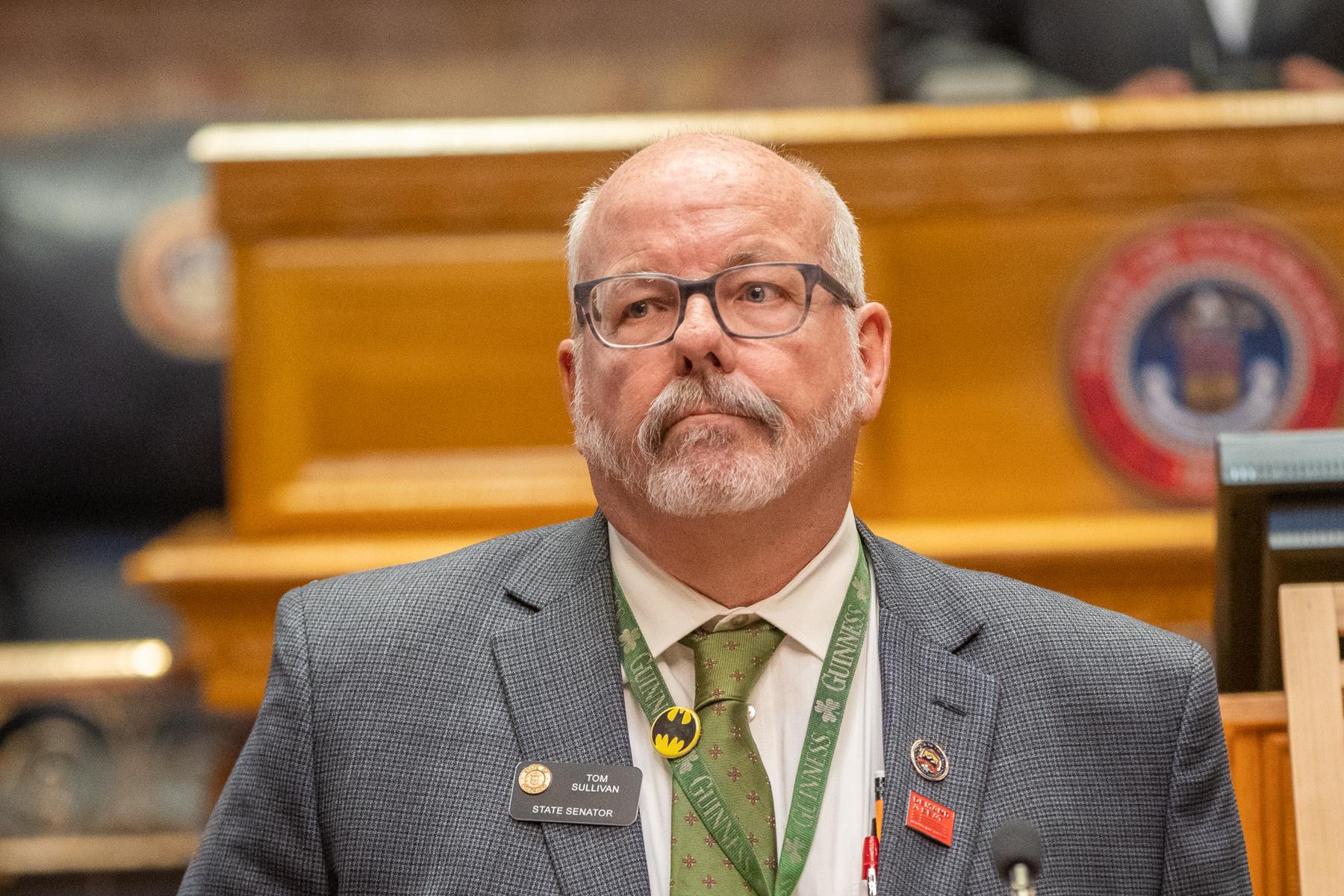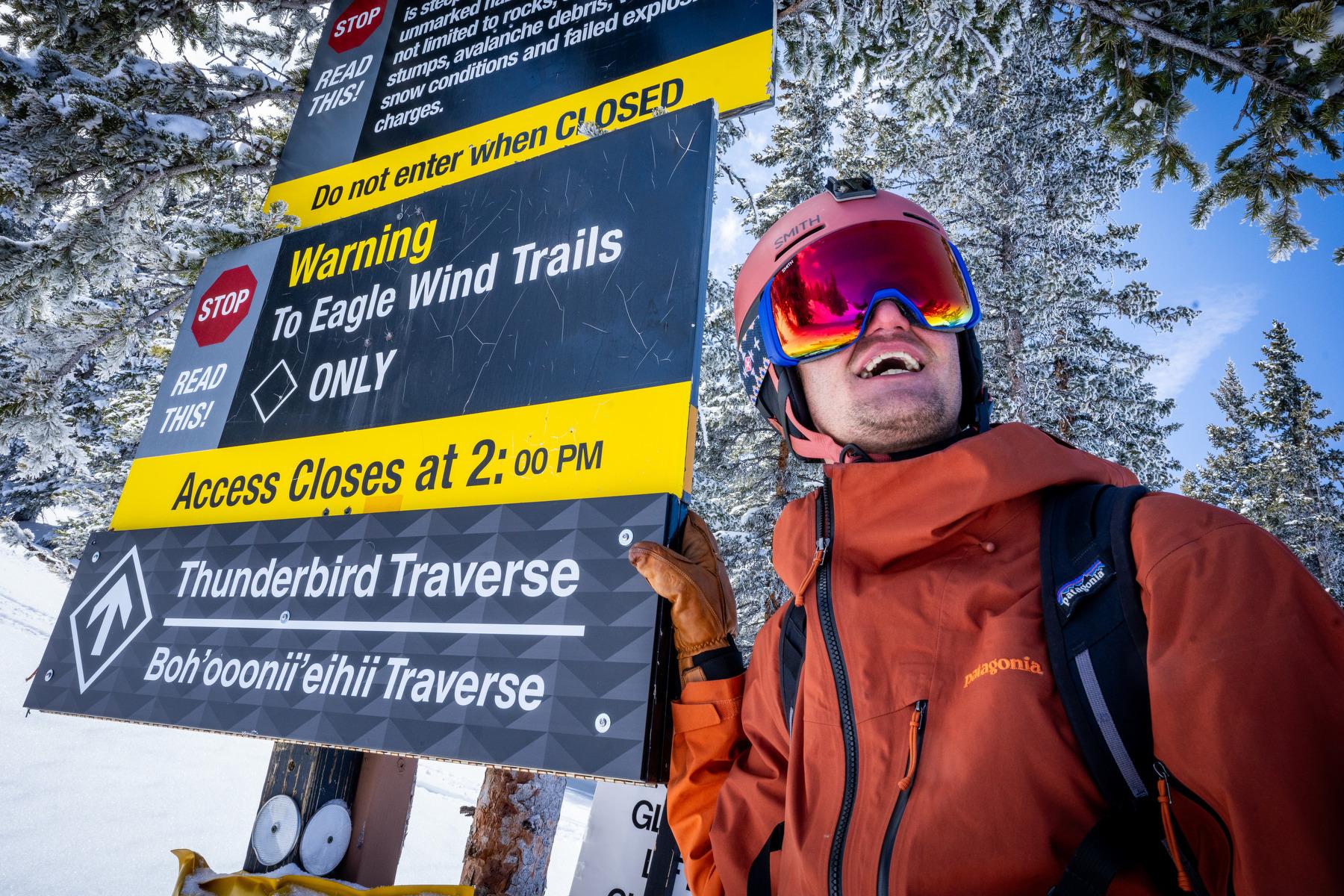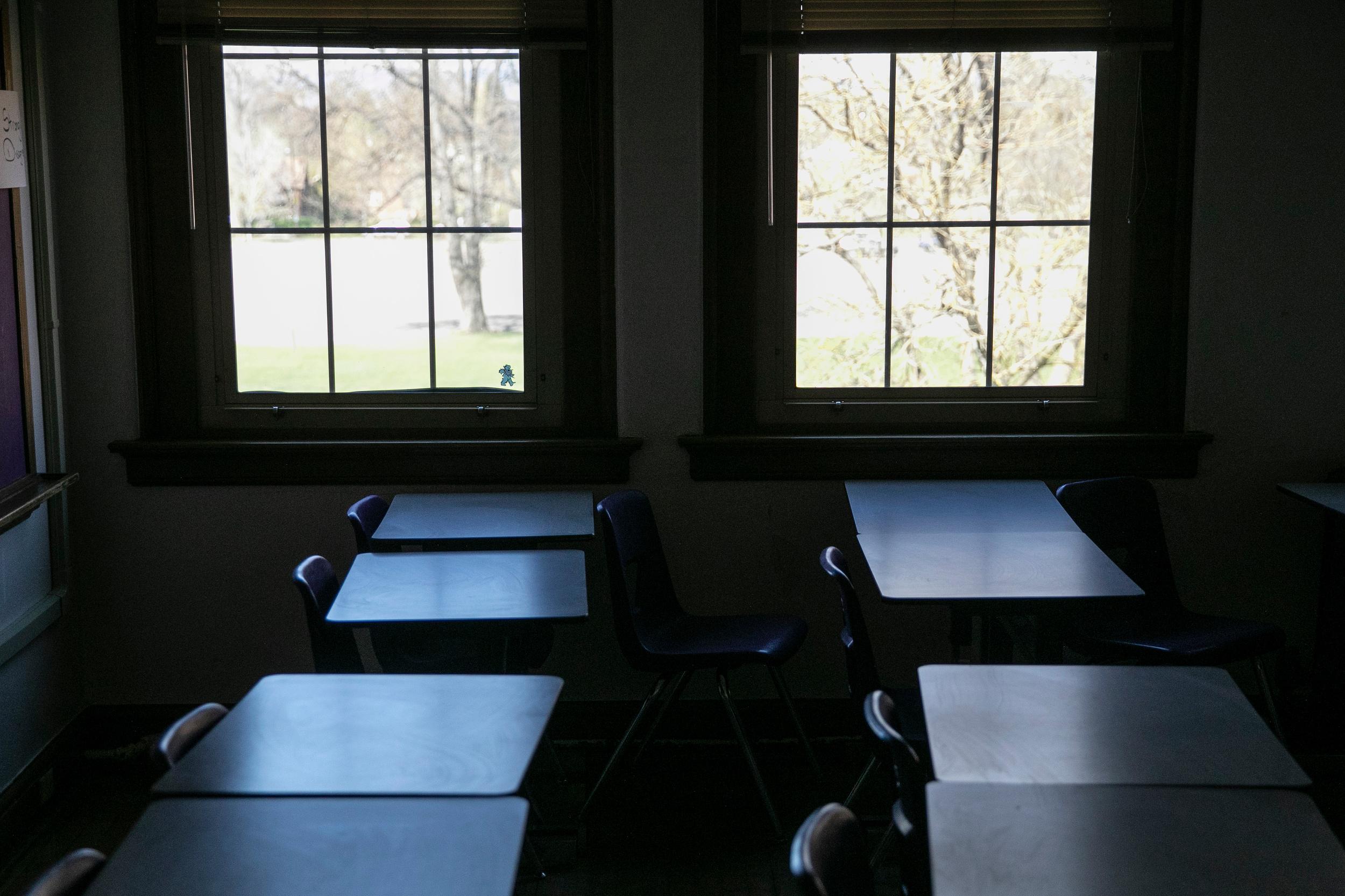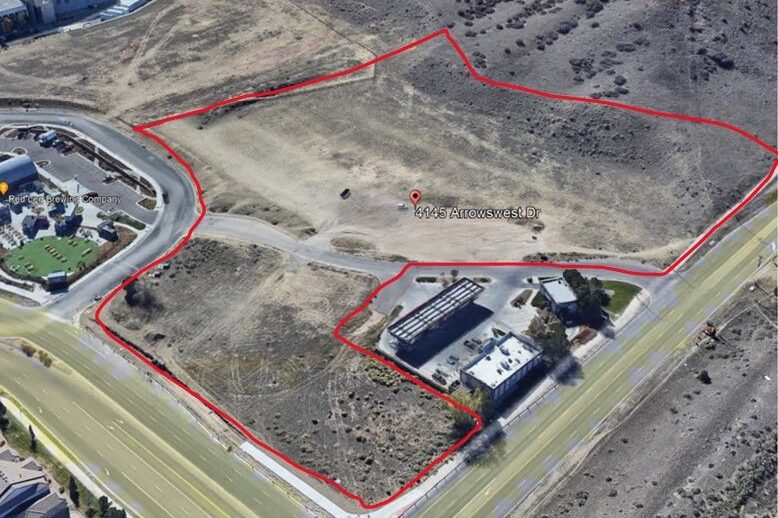
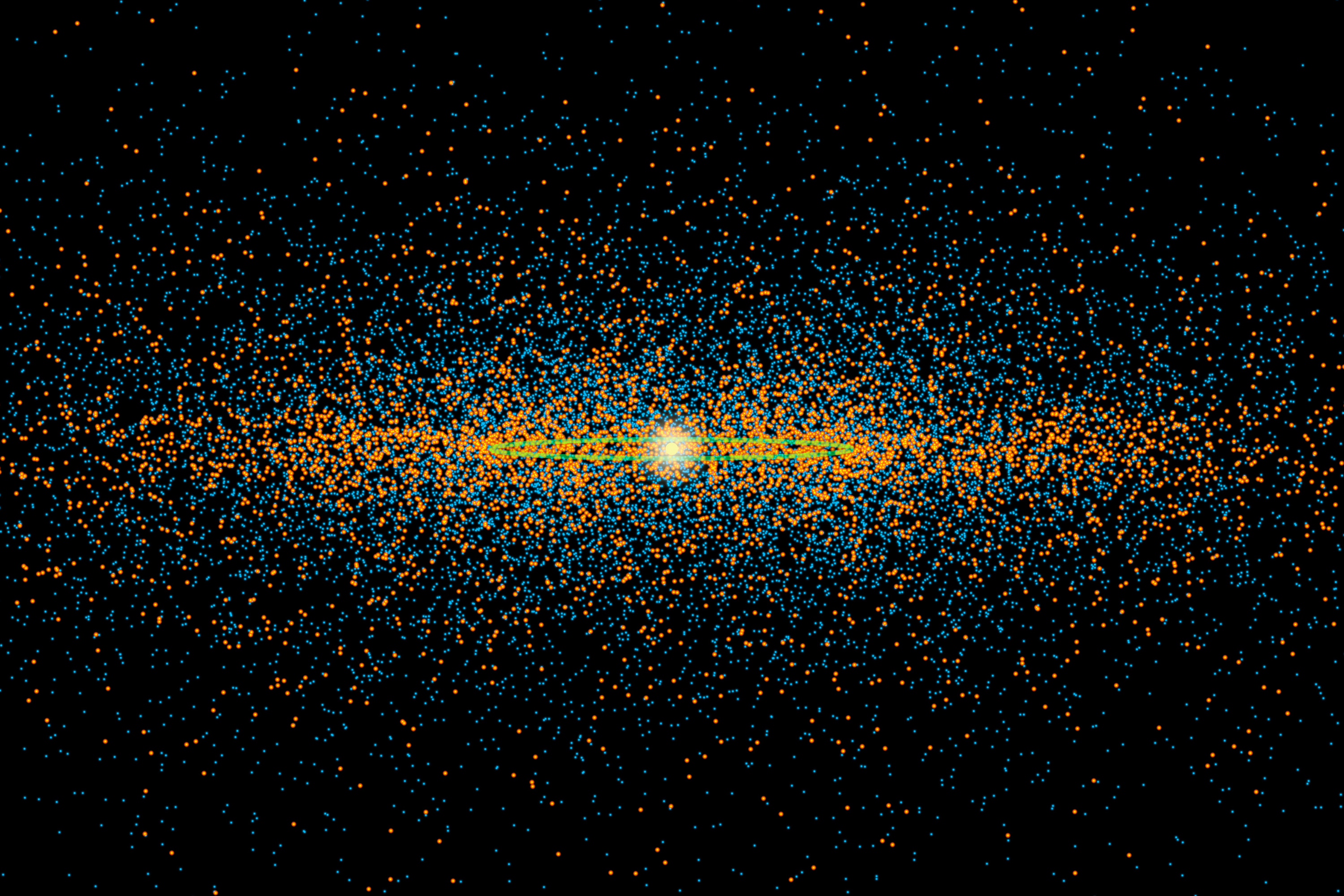 The NASA Innovative Advanced Concepts program is holding a symposium in Denver this week. Colorado Matters spoke with three Colorado scientists working on ideas backed by NIAC grants. The concepts may sound out of this world, but the hope is that they yield real world results.
The NASA Innovative Advanced Concepts program is holding a symposium in Denver this week. Colorado Matters spoke with three Colorado scientists working on ideas backed by NIAC grants. The concepts may sound out of this world, but the hope is that they yield real world results.
Solar-Powered Asteroid Mining In A Bag? It Just Might Work

Chris Dreyer of the Colorado School of Mines is doing research on how sunlight can be used to mine asteroids. Here's how it could work: A spacecraft pulls alongside an asteroid as it speeds through space, and envelops it with a bag. A mirror beams concentrated sunlight onto the asteroid's surface, causing it to break apart bit by bit. Each break releases water vapor that is collected to be refined into rocket fuel.
A Frisbee-Like Robot Could Glom Onto Asteroids

Soft, frisbee-like robots may one day be flying around asteroids, if a an idea put out there by University of Colorado scientist Jay McMahon works out. The "soft bot" could adhere to an asteroid using something called van der Waals principles -- relatively weak forces that allow a gecko to climb walls, for example. Once on the asteroid, it could help NASA mine asteroids for water, which can be used to make rocket fuel in space.
Astronauts Could Their Get Their G-Forces On An Alpine Slide

University of Colorado scientist Torin Clark. Clark and his team received a research grant for the Turbolift. Clark says the health problems astronauts face, including muscle atrophy and bone loss, will be worse on extended voyages like a mission to Mars. To mitigate this, he and his team propose strapping the astronaut into a sled and catapulting it back and forth across a track. The forces of acceleration and deceleration would simulate the effect of gravity.
